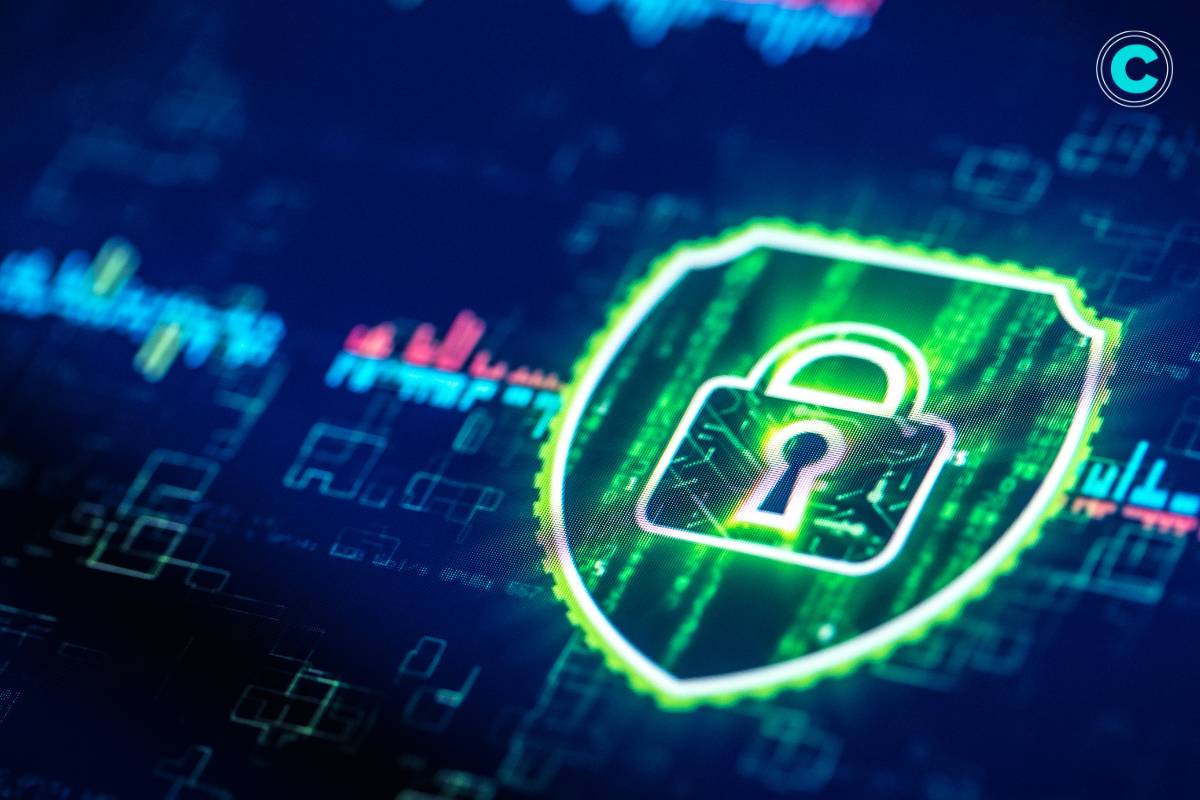In today’s digital age, where businesses and individuals heavily rely on technology, ensuring robust cyber security has become paramount. The increasing frequency and sophistication of cyber threats necessitate the implementation of effective technology solutions to safeguard sensitive data and systems. From advanced encryption techniques to proactive threat detection mechanisms, cybersecurity technology solutions play a crucial role in mitigating risks and fortifying defenses against cyber attacks. In this article, we delve into the realm of cybersecurity technology solutions, exploring key strategies and tools to bolster protection in the digital landscape.
Understanding Cyber Security Technology Solutions
Cyber security technology solutions encompass a wide range of tools, practices, and protocols that are designed to protect against unauthorized access, data breaches, and other cyber threats. These solutions include both preventive measures and reactive responses to potential security incidents. Let’s explore this topic in more depth.
Types of Cyber Threats

Cyber threats can come in various forms, and it’s important to understand the different types of threats that organizations face. Some common types of cyber threats include:
- Malware: Malicious software that is designed to disrupt, damage, or gain unauthorized access to computer systems or networks.
- Phishing: A technique used by cybercriminals to trick individuals into revealing sensitive information, such as passwords or credit card details, by posing as a trustworthy entity.
- Ransomware: A type of malware that encrypts a victim’s files and demands a ransom in exchange for the decryption key.
- Data breaches: Unauthorized access to sensitive data, often resulting in the exposure of personal or confidential information.
- Social engineering: Manipulating individuals into divulging sensitive information or performing actions that may compromise security.
- Denial-of-Service (DoS) attacks: Overwhelming a system or network with excessive traffic or requests, rendering it unavailable to legitimate users.
Preventive Measures

To defend against cyber threats, organizations implement various preventive measures. These measures include:
- Network security: Protecting networks from unauthorized access and attacks through the use of firewalls, intrusion detection systems (IDS), and other security technologies.
- Endpoint security: Securing individual devices, such as computers, laptops, and mobile devices, to prevent unauthorized access and malware infections.
- Application security: Implementing security measures within software applications to protect against vulnerabilities and unauthorized access.
- Data encryption: Encrypting sensitive data to ensure that it remains secure even if it is intercepted.
- Access controls: Implementing measures to restrict access to sensitive information and systems based on user roles and permissions.
- Employee education: Providing training and awareness programs to educate employees about cyber threats and best practices for maintaining security.
Reactive Responses
In addition to preventive measures, organizations also need to have reactive responses in place to address potential security incidents. These responses may include:
- Incident response: Developing and implementing plans to detect, respond to, and recover from security incidents in a timely and effective manner.
- Forensics: Conducting investigations to determine the cause and extent of a security breach and gathering evidence for legal proceedings, if necessary.
- Patch management: Regularly applying software updates and patches to address known vulnerabilities and reduce the risk of exploitation.
Importance of Cyber Security Technology Solutions
In an era marked by the proliferation of cyber threats, organizations and individuals cannot afford to overlook the importance of robust cybersecurity technology solutions. Failure to adequately protect sensitive information can result in significant financial losses, damage to reputation, and legal liabilities.
Key Components of Cyber Security Technology Solutions

- Encryption: Utilizing encryption algorithms to secure data in transit and at rest, thereby rendering it unintelligible to unauthorized users.
- Firewalls: Implementing firewalls to monitor and control incoming and outgoing network traffic, preventing unauthorized access and filtering out malicious content.
- Intrusion Detection Systems (IDS) and Intrusion Prevention Systems (IPS): Deploying IDS and IPS to detect and thwart potential cyber attacks by monitoring network and system activities for suspicious behavior.
- Endpoint Security Solutions: Employing endpoint security solutions such as antivirus software, anti-malware programs, and endpoint detection and response (EDR) tools to protect individual devices from security threats.
- Security Information and Event Management (SIEM): Leveraging SIEM platforms to aggregate and analyze security data from various sources, enabling timely detection and response to security incidents.
FAQs
1. What are the common cyber threats that cyber security technology solutions aim to combat?
Cyber security technology solutions address a range of threats, including malware infections, phishing attacks, ransomware, DDoS (Distributed Denial of Service) attacks, and insider threats.
2. How can organizations ensure the effectiveness of their cybersecurity technology solutions?
Organizations can enhance the effectiveness of their cyber security technology solutions by conducting regular security assessments, staying updated on emerging threats and vulnerabilities, implementing multi-layered defenses, and providing ongoing training to employees.
3. Are there specific regulations or compliance standards governing cybersecurity technology solutions?
Yes, organizations may be subject to various regulations and compliance standards, such as GDPR (General Data Protection Regulation), HIPAA (Health Insurance Portability and Accountability Act), PCI DSS (Payment Card Industry Data Security Standard), and ISO 27001, which mandate certain requirements for ensuring the security and privacy of sensitive information.
4. How do cyber security technology solutions address the evolving nature of cyber threats?
Cyber security technology solutions evolve in tandem with emerging cyber threats, incorporating advanced technologies such as artificial intelligence (AI), machine learning, and behavioral analytics to enhance threat detection and response capabilities.
5. What role do individuals play in ensuring cyber security alongside technology solutions?
While cyber security technology solutions are essential, individuals also play a crucial role in maintaining cyber hygiene by practicing good security habits, such as using strong, unique passwords, being cautious of suspicious emails and links, keeping software updated, and exercising vigilance when sharing sensitive information online.
Conclusion
In conclusion, cyber security technology solutions are indispensable assets in safeguarding against the myriad threats lurking in the digital landscape. By implementing robust security measures, organizations and individuals can fortify their defenses, mitigate risks, and preserve the integrity and confidentiality of their valuable assets in an increasingly interconnected world. By staying informed, proactive, and vigilant, we can collectively bolster cyber resilience and navigate the evolving cyber threat landscape with confidence and resilience.






